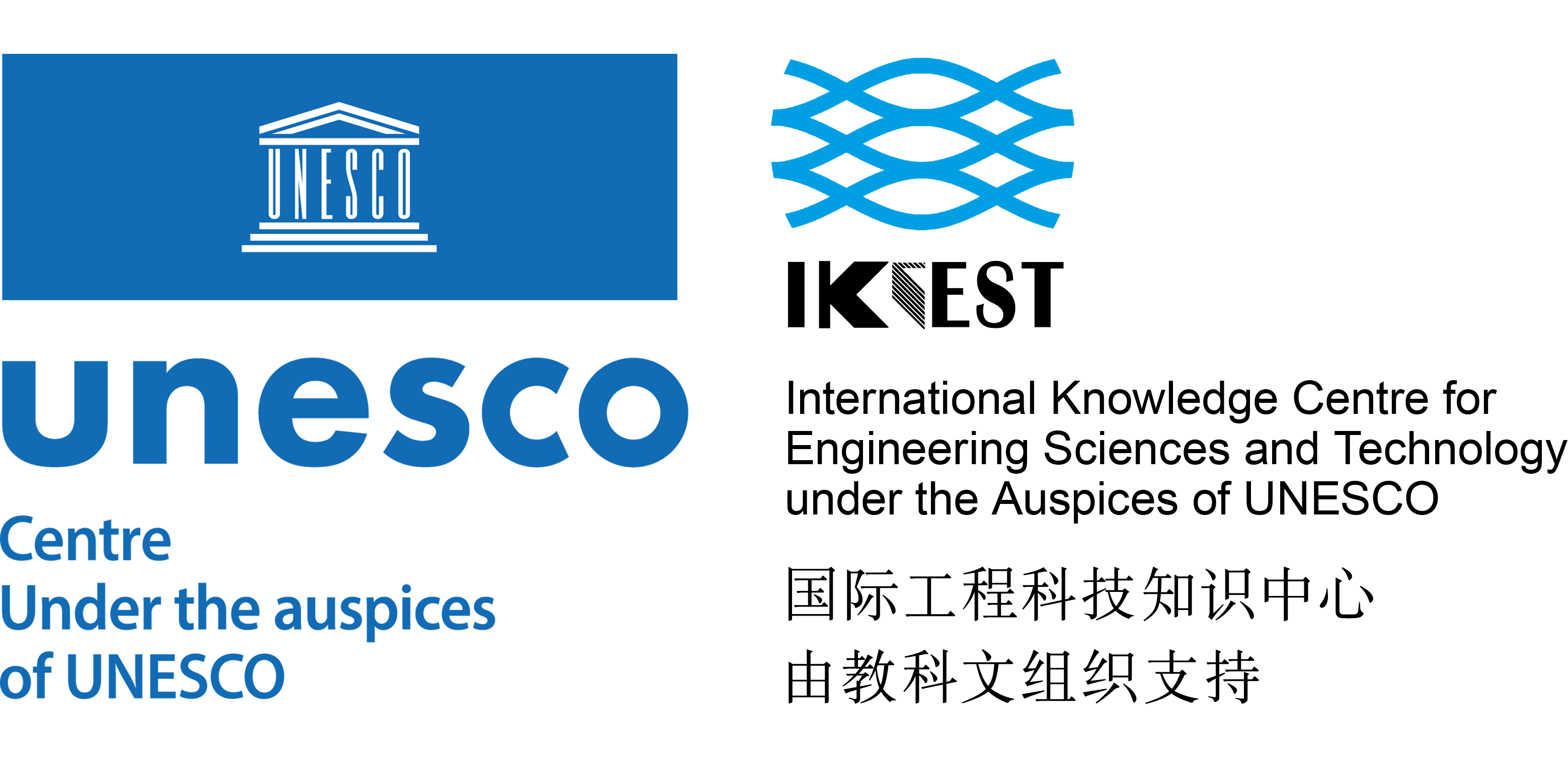Journal
Please choose volume & issue:
-
Recent advancements in the development of bifunctional electrocatalysts for oxygen electrodes in unitized regenerative fuel cells (URFCs)
Abstracts:An ever-increasing energy demand has stimulated intense research into electrochemical technologies for both energy storage and conversion such as unitized regenerative fuel cells (URFCs). Due to its high efficiency, low cost, and low environmental impact, the URFC, which combines a polymer electrolyte membrane fuel cell (PEMFC) with a polymer electrolyte water electrolyzer (PEWE), has been regarded as an important energy technology that can offer new opportunities to not only further reduce investment costs but also to open doors to the mass production of domestic applications. Despite this, URFCs still have to be further improved and optimized to reach a level of maturity of both fuel cells and electrolyzers in terms of energy efficiency and long-term performance. Currently, the major challenge of URFC technology has been the insufficient performance of the bifunctional electrocatalyst. Based on the most recent research trends and progresses of bifunctional oxygen catalyst materials, this review will provide a systematic introduction and a comprehensive assessment of various bifunctional oxygen catalysts; their science and technology, including material selection, synthesis, and characterization, as well as their applications in URFCs. This review aims to correlate the physicochemical characteristics of URFCs with the catalytic activity/stability of these materials.
-
Fresnoite glass-ceramics – A review
Abstracts:The crystallization of fresnoite from glasses enables to produce a wide variety of materials including piezoelectric glass-ceramics due to the aligned growth of these crystals in the amorphous matrix. The crystal structure of fresnoite leads to interesting pyroelectric, piezoelectric and non-linear optical properties and is one of the few known non-ferroelectrics which can be easily produced as polycrystalline but polar materials. This review provides a summary of the properties of fresnoite crystals as well glass-ceramics containing fresnoite crystals. A special focus is the preparation of oriented and polar glass-ceramics and the resulting properties. The literature concerning the complete process from the amorphous glass to crystal nucleation and the subsequent growth is reviewed.
-
Metastable Si-B-C-N ceramics and their matrix composites developed by inorganic route based on mechanical alloying: Fabrication, microstructures, properties and their relevant basic scientific issues
Abstracts:The development of novel high-temperature structural and multifunctional thermal protection materials for harsh environment applications, such as high-temperature oxidation, severe thermal shock, ablation by combustion gas flow etc., is one of the urgent needs of the modern aerospace industry. Ceramic matrix composites such as C
f /(C, SiC, Si3 N4 ), SiCf /ZrB2 , SiCp /(Si3 N4 , HfB2 ) have received much attention in recent years. Coincidently, metastable silicoboron carbonitride (Si-B-C-N) ceramics and corresponding matrix composites stand out from all recent materials offering great potential at high temperatures due to their high microstructural stability and excellent high-temperature properties including resistance to oxidation, thermal shock and ablation.
Hot Journals
- Risk Breakdown Matrix for Risk-Based Inspection of Transportation Infrastructure Projects
- Social Control in Outsourced Architectural and Engineering Design Consulting Projects: Behavioral Consequences and Motivational Mechanism
- 2022 Best Paper Award
- Hold-Ups and Failures in Negotiated Order: Unearthing the Nuances of Rework Causation in Construction
- Prevalence and Risk Factors for Poor Mental Health and Suicidal Ideation in the Nigerian Construction Industry
- CFRP–Cable-Stayed Bridge Hybrid with Partial Suspension and a Span Exceeding 3,000 m: Concept, Optimization, and Construction
- Impact of Wind Load Characteristics on Computed Bridge Stay-Cable Forces Used for Bridge Health Monitoring
- Weak-End and Frequency Detection of Elastically Supported Bridges by Contact Residual Response of Two-Axle Test Vehicle in a Round Trip
- Development of Performance-Based Fragility Curves of Coastal Bridges Subjected to Extreme Wave-Induced Loads
- An Analytical Model to Evaluate Short- and Long-Term Performances of Post-Tensioned Concrete Box-Girder Bridges Rehabilitated by an Ultrahigh-Performance Concrete Overlay
- Three-Dimensional Velocity Distribution in Straight Smooth Channels Modeled by Modified Log-Law
- Experimental Investigation on Flow Past Two and Three Side-by-Side Inclined Cylinders
- An Experimental Investigation of Rotor–Box Aerodynamic Interaction 1
- Modeling Gas–Liquid Flow Between Rotating and Nonrotating Annular Disks
- Entry Length Requirements for Two- and Three-Dimensional Laminar Couette–Poiseuille Flows
Advanced Materials (3,745)
- Structured Perovskite Light Absorbers for Efficient and Stable Photovoltaics
- Strategies for High‐Performance Solid‐State Triplet–Triplet‐Annihilation‐Based Photon Upconversion
- Atomic Engineering Catalyzed MnO2 Electrolysis Kinetics for a Hybrid Aqueous Battery with High Power and Energy Density
- Crystal Adaptronics: Global Performance Indices for Dynamic Crystals as Organic Thermal Actuators (Adv. Mater. 20/2020)
- Enlightening Materials with Photoswitches
Acta Astronautica (1,768)
- Mixed-integer trajectory optimization with no-fly zone constraints for a hypersonic vehicle
- Adaptive control design for active Pogo suppression of large strap-on liquid launch vehicles
- Machine learning based approach for modeling and forecasting of GPS–TEC during diverse solar phase periods
- Effect of two-dimensional micro-cavity surface on hypersonic boundary layer
- Investigation on burning behaviors of aluminum agglomerates in solid rocket motor with detailed combustion model








 User Center
User Center My Training Class
My Training Class Feedback
Feedback





